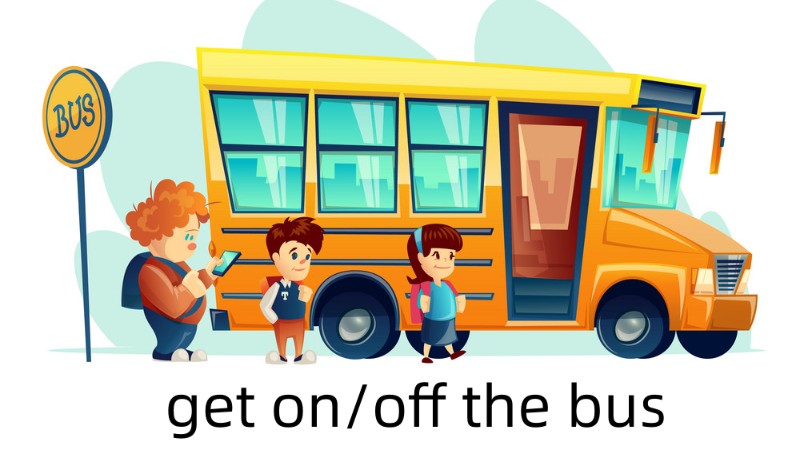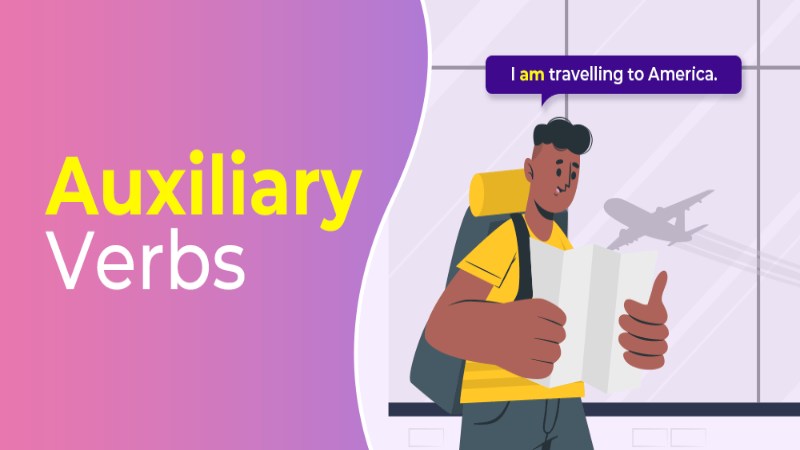
在动词后面加上介词是用来表示动作的方向,通常将这些介词放在形容移动相关的动词后,如: walk, run, come, go, drive, cycle, fly 等。
介系词也可以放在其他的动词之后: 如:
They talked over the door. 他们隔着门说话。
或是放在名词之后:
- the path to the garden 通往花园的小路
- the way from the farm 从农场来的路
常见的趋向介词

如何表达上下车/船/飞机等
get on/get off 的用法
get on/get off 适用于上下摩托车、脚踏车或是公共交通,像是公车、火车、飞机。
He immediately got on the bike. 他立刻骑上自行车。
She has to get off the bus at this stop. 她必须在这个站下车。
I stopped and got off the motorcycle. 我停下来,下了摩托车。
get in/get out of 的用法
get in/get out of 适用于上下小型车、计程车或是厢型车。
He is getting into a taxi. 他正在上一辆出租车。
I saw him get out of the car. 我看见他从汽车里下来。
如何表达乘坐交通工具去某地
可以用两种方式表达我们如何从A地到B地。如:go to school by car = drive to school 。
1. by + 交通工具(车子、出租车、飞机、自行车等)或是 on + foot。
She goes to the hospital on foot. 她步行去医院。
He goes to the zoo by van. 他坐面包车去动物园。
2. 用形容移动相关的动词(walk, drive, fly, cycle等),若是公共交通可以用take + 交通工具
I cycle to school. 我骑自行车上学。
I drive to the hospital. 我开车去医院。
I will fly to Hongkong. 我将飞往香港。
I took the taxi to the supermarket. 我乘公交去超市。
趋向介词 – 练习题



Comments